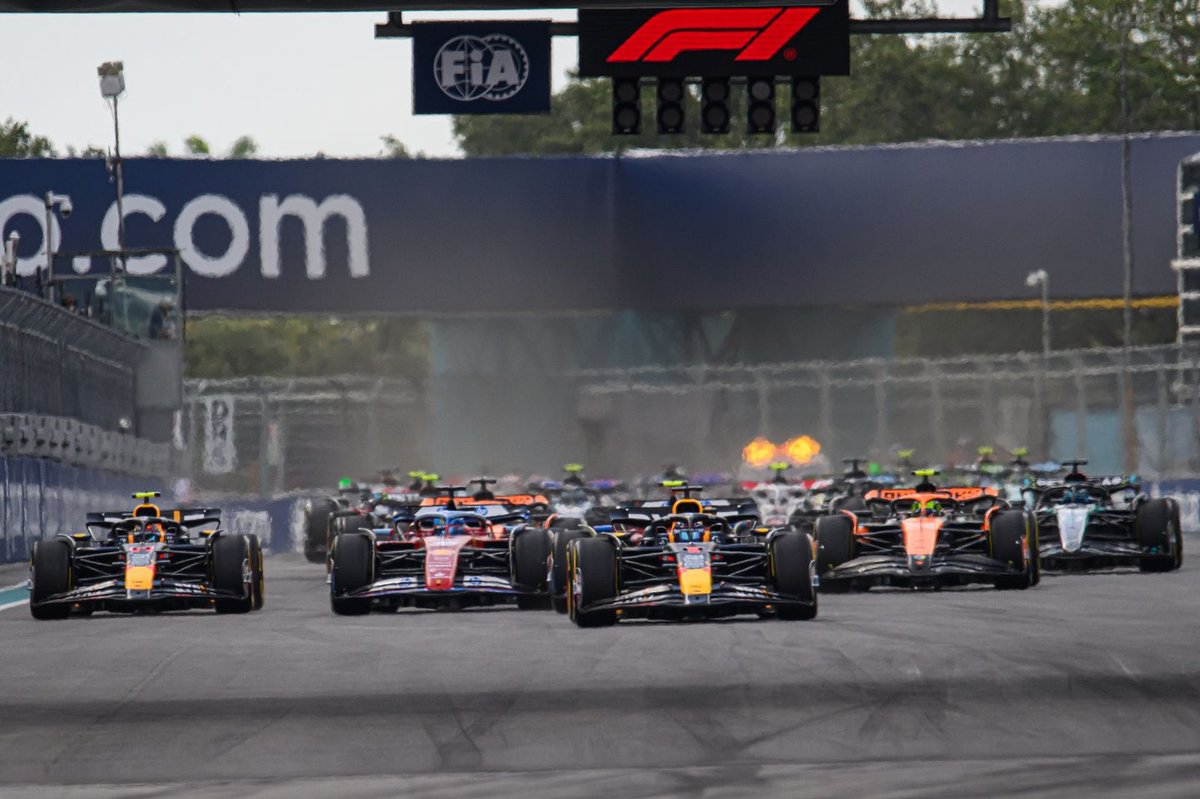ABC’s broadcast of Lando Norris’s first Formula 1 victory drew an impressive average audience of 3.1 million viewers, surpassing the previous record set by the inaugural Miami event in 2022. This marks a significant 48% increase in viewership compared to the previous year, where the audience had dropped to 2.1 million for Miami’s second event.
Despite the late afternoon timing of the Miami race, which might not have been ideal for European and Asian audiences, it has proven to be highly successful in capturing attention in the United States, with its races ranking among the most-watched in the country’s history.
The Saturday sprint race, aired on ESPN, garnered 946,000 viewers, marking the largest US audience for a sprint race since the format was introduced in 2021. Additionally, the official qualifying on Saturday attracted 625,000 viewers.

This surge in interest in the Miami race is positive news for F1’s broadcast partners, especially considering the mixed figures at the start of the season. While the season-opener in Bahrain saw a decline in viewership compared to the previous year, the Saudi Arabian Grand Prix experienced a significant 40% drop in viewership year on year.
Despite challenges such as races being broadcast on Saturdays and early morning airing times for certain events like the Chinese Grand Prix, efforts to expand the audience in Miami have shown promising results. The Chinese Grand Prix, which aired at 3 am Eastern Time, saw an increase in viewership compared to the previous Shanghai race in 2019. Moreover, the sell-out crowd of 270,000 at the Miami Grand Prix indicates a strong appetite for Formula 1 racing in the region.
Drivers and teams have also noticed the growing excitement around the Miami Grand Prix, with McLaren’s Daniel Ricciardo comparing the event to Super Bowl week in terms of hype and anticipation.
Ricciardo highlighted the expansion of events throughout the week leading up to the race, attracting not only seasoned fans but also new audiences, particularly among younger demographics. This increasing enthusiasm and engagement bodes well for the continued growth and popularity of Formula 1 in the United States and beyond.

